What’s a LFTR?
A thorium–fuelled MSR [Molten Salt Reactor] is a Liquid Fluoride Thorium Reactor – a LFTR
Pronounced ‘LIFTER‘

With a half-life of 14 billion years, Thorium-232 is one of the safest, least radioactive elements in the world. Thorium-232 emits harmless alpha particles that cannot even penetrate skin, but when it becomes Th-233 in a Molten Salt Reactor, it becomes a potent source of power. Sunlight, living at high altitude and the emissions from your granite counter-top or a coal-burning plant are more hazardous than thorium-232.
LFTRs are even more fuel-efficient than uranium- fuelled MSRs, and they create little waste because a LFTR consumes close to 99% of the thorium-232. LWRs reactors consume just 3% of their uranium before the rods need to be changed. That’s like burning just a tiny part of a log while polluting the rest with chemicals you must store for years.
Just one pound of thorium can generate as much electricity as 1700 tons coal, so replacing coal-burning plants with LFTRs would eliminate one of the largest causes of climate change. That same pound (just a golf ball-size lump), can yield all the energy an individual will ever need, and just one cubic yard of thorium can power a small city for at least a year. In fact, if we were to replace ALL of our carbon-fuelled, electrical power production with LFTRs, we would eliminate 30 to 35% of all man-made greenhouse gas production.
From 1977 to 1982, the Light Water Reactor at Shippingport, Pennsylvania was powered with thorium, and when it was eventually shuttered, the reactor core was found to contain about 1% more fissile material (U233/235) than when it was loaded. (Thorium has also fuelled the Indian Point 1 facility and a German reactor.)
India, which has an abundance of thorium, is planning to build Thorium-powered reactors, as is China while we struggle to overcome our unwarranted fear of nuclear power. And in April, 2015, a European commission announced a project with 11 partners from science and industry to prove the innovative safety concepts of the Thorium-fuelled MSR and deliver a breakthrough in waste management.
Please read Thorium: the last great opportunity of the industrial age – by David Archibald
Thorium: the last great opportunity of the industrial age, by David Archibald
To Slow Global Warming, We Need Nuclear Power by By Lamar Alexander and Sheldon Whitehouse
China Ramps Up New Nuclear Reactor Construction


Supplies
Thorium is four times as plentiful as uranium ore, which contains only 1% U-235. Besides being almost entirely usable, it is 400 times more abundant than uranium’s fissile U-235. Even at current use rates, uranium fuels can last for centuries, but thorium could power our world for thousands of years.
Just 1 ton of thorium is equivalent to 460 billion cubic meters of natural gas. We already have about 400,000 tons of thorium ore in “storage”, and we don’t need to mine thorium because our Rare-Earth Elements plant receives enough thorium to power the U. S. every year. Australia and India tie for the largest at about 500,000 tons, and China is well supplied.
A 1 GW LWR requires about 1.2 tons of uranium each year, but a 1 GW LFTR only needs a one-time “kick start” of 500 pounds of U-235 plus 1 ton of thorium each year.
Waste and Storage
Due to their high efficiency, LFTRs create only 1% of the waste that conventional reactors produce, and because only a small part of that waste needs storing for 400 years – not the thousands of years that LWR waste requires – repositories much smaller than Yucca mountain would easily suffice.
Furthermore, LFTRs can run almost forever because they produce enough neutrons to make their own fuel, and the toxicity from LFTR waste is 1/1000 that of LWR waste. So, the best way to eliminate most nuclear waste is to stop creating it with LWRs and replace them with reactors like MSRs or LFTRs that can utilize stored “waste” as fuel.
With no need for huge containment buildings, MSRs can be smaller in size and power than current reactors, so ships, factories, and cities could have their own power source, thus creating a more reliable, efficient power grid by cutting long transmission line losses that can run from 8 to 15%. Unfortunately, few elected officials will challenge the carbon industries that provide millions of jobs and wield great political power. As a consequence, thorium projects have received little to no help from our government, even though China and Canada are moving toward thorium, and India already has a reactor that runs on 20% thorium oxide.
GE Hitachi, ARC to license joint reactor in Canada; Siemens installs first live 3D-printed part

India on the road map of tripling nuclear power capacity
After our DOE signed an agreement with China, we gave them our MSR data. To supply its needs while MSRs are being built, China is relying on 27 conventional nuclear reactors plus 29 Generation III+ (solid fuel) nuclear plants that are under construction. China also intends to build an additional fifty-seven nuclear power plants, which is estimated to add at least 150 GigaWatts (GW) by 2030.
Nuclear Scientists Head to China to Test Experimental Reactors, by Stephen Stapczynski
China to start building 6-8 new nuclear reactors in 2018
“Global increase in nuclear power capacity in 2015 hit 10.2 gigawatts, the highest growth in 25 years driven by construction of new nuclear plants mainly in China…. We have never seen such an increase in nuclear capacity addition, mainly driven by China, South Korea and Russia,.. It shows that with the right policies, nuclear capacity can increase.”
Dr Fatih Birol, Executive Director, International Energy Agency, Paris Conference, Reuters, 28 June 2016

“When the China National Nuclear Power Manufacturing Corporation sought investors in 2015, they expected to raise a modest number of millions but they raised more than $280 billion.”
Dr. Alex Cannara
MIT: China Is Beating America In Nuclear Energy
In 2016, the Chinese Academy of Sciences allocated $1 billion to begin building LFTRs by 2020. As for Japan, which began to restart its reactors in 2015, a FUJI design for a 100 to 200 MW LFTR is being developed by a consortium from Japan, the U. S. and Russia at an estimated energy cost of just three cents/kWh. Furthermore, it appears that five years for construction and about $3 billion per reactor will be routine in China.
Fail-Safe Nuclear Power, By Richard Martin
China spending US$3.3 billion on molten salt nuclear reactors for faster aircraft carriers and in flying drones, December 6, 2017 by Brian Wang
Westinghouse’s eVinci would look a lot like a LFTR in operation. See more next week on how a LFTR works.
Westinghouse Electric’s parent company wants to put the nuclear company on the market by Anya Litvak

Coming up next week, Episode 20 – Got a LFTR? Lets Look Under the Hood
Links and References
1. Next Episode – Episode 20 – Got a LFTR? Lets Look Under the Hood
2. Previous Episode – Episode 18 – Pass the Salt Dear – How Fission Gets Rock Solid Stability
3. Launching the Unintended Consequences Series
4. Dr. George Erickson on LinkedIn
5. Dr. George Erickson’s Website, Tundracub.com
6. The full pdf version of Unintended Consequences
7. https://en.wikipedia.org/wiki/Shippingport_Atomic_Power_Station
8. https://wattsupwiththat.com/2015/05/16/thorium-the-last-great-opportunity-of-the-industrial-age/
9. https://www.amazon.com/David-Archibald/e/B00I32BANS/
10. https://www.nytimes.com/2016/12/21/opinion/to-slow-global-warming-we-need-nuclear-power.html?
11. https://www.linkedin.com/in/lamar-alexander-68290688/
12. https://www.linkedin.com/in/alexander-whitehouse/
13. https://neutronbytes.com/2020/07/11/china-ramps-up-new-nuclear-reactor-construction/
14. https://world-nuclear.org/information-library/country-profiles/countries-a-f/china-nuclear-power.aspx
15. https://www.reutersevents.com/nuclear/ge-hitachi-arc-license-joint-reactor-canada-siemens-installs-first-live-3d-printed-part?
16. https://www.ornl.gov/news/3d-printed-nuclear-reactor-promises-faster-more-economical-path-nuclear-energy
17. https://www.thehindubusinessline.com/economy/india-on-the-roadmap-of-tripling-nuclear-power-capacity/article64295841.ece
18. https://www.thestatesman.com/india/indian-nuclear-reactor-at-kaiga-sets-world-record-for-continuous-operation-1502700962.html
19. https://www.bloomberg.com/news/articles/2017-09-21/nuclear-scientists-head-to-china-to-test-experimental-reactors
20. https://www.linkedin.com/in/stephen-stapczynski-61187919/
21. https://thedebrief.org/chinese-fusion-reactor-sets-new-record-of-1056-seconds/
22. https://neutronbytes.com/2018/04/02/china-to-start-6-8-new-nuclear-reactors-in-2018/
23. https://www.iea.org/contributors/dr-fatih-birol
24. https://www.linkedin.com/in/fatih-birol/
25. https://www.linkedin.com/in/alex-cannara-6a1b7a3/
26. https://dailycaller.com/2016/08/02/mit-china-is-beating-america-in-nuclear-energy/
27. http://climatecolab.org/web/guest/plans/-/plans/contestId/4/planId/15102
28. http://en.m.wikipedia.org/wiki/Fuji_MSR
29. https://www.technologyreview.com/2016/08/02/158134/fail-safe-nuclear-power/
30. https://linkedin.com/in/richard-martin-80344410/
31. https://www.patreon.com/posts/39262802
32. https://www.nextbigfuture.com/2017/12/china-spending-us3-3-billion-on-molten-salt-nuclear-reactors-for-faster-aircraft-carriers-and-in-flying-drones.html
33. https://www.linkedin.com/in/brian-wang-93645/
34. https://www.post-gazette.com/business/powersource/2022/05/10/westinghouse-for-sale-brookfield-energy-nuclear-sale-russia-ukraine-europe-evinci-microreactor-temelin-climate/stories/202205100052
35. https://www.linkedin.com/in/anya-litvak-a060096/
36. https://www.westinghousenuclear.com/new-plants/evinci-micro-reactor
37. https://www.youtube.com/watch?v=Us1WGZtzVCw
#UnintendedConsequences #GeorgeErickson #ClimateChange #FissionEnergy #NuclearEnergy #SpentNuclearFuel #MoltenSaltReactor #LFTR #TheThoriumNetwork #Thorium #Fission4All #RadiationIsGood4U #GetYourRadiation2Day

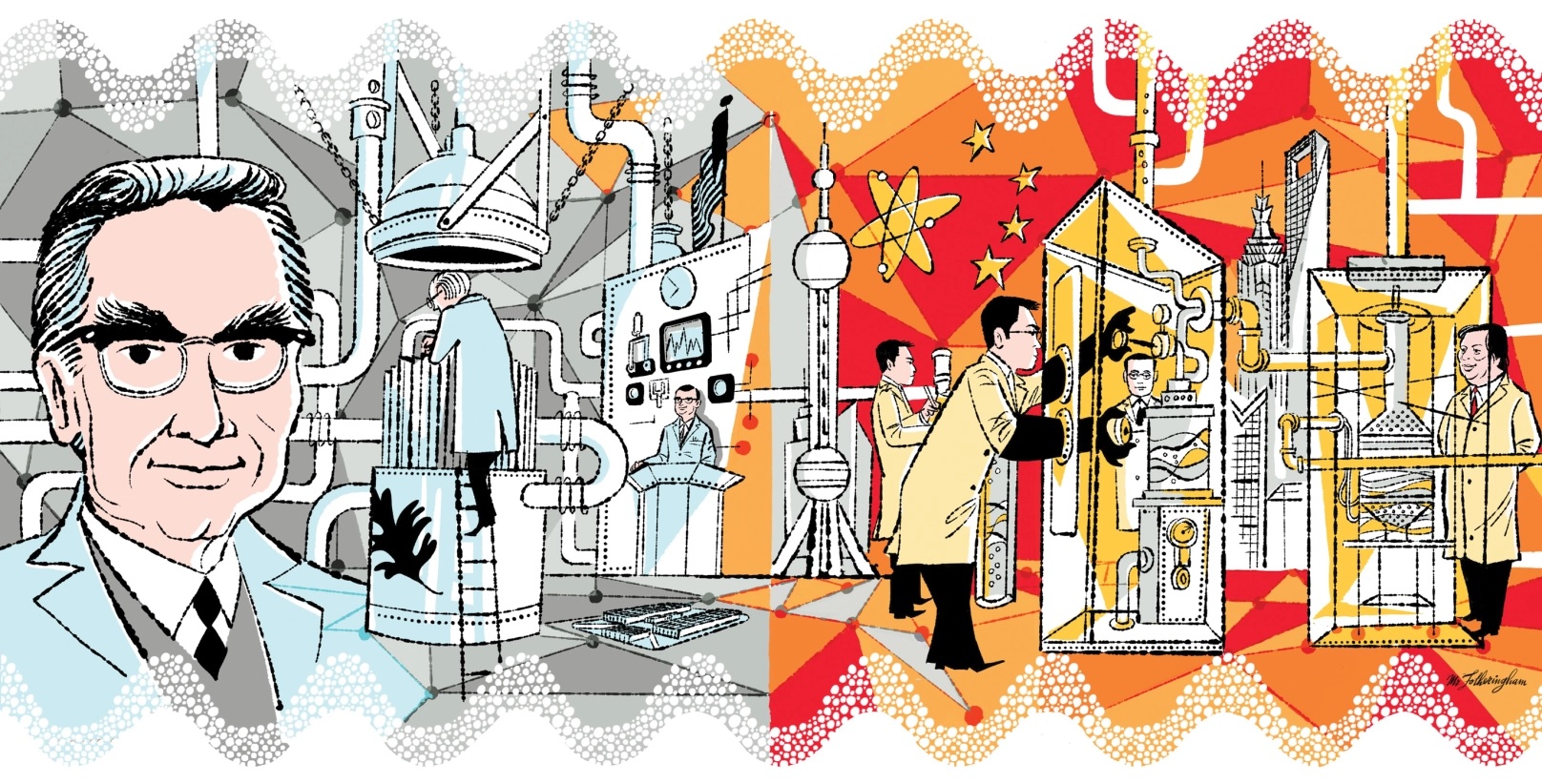





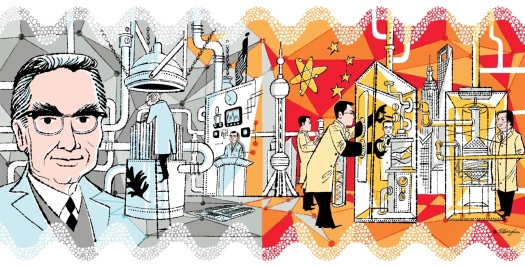
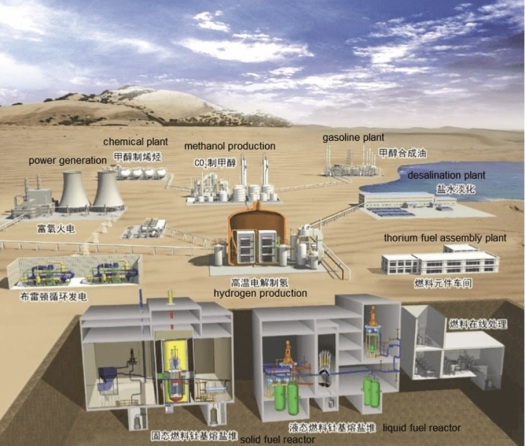

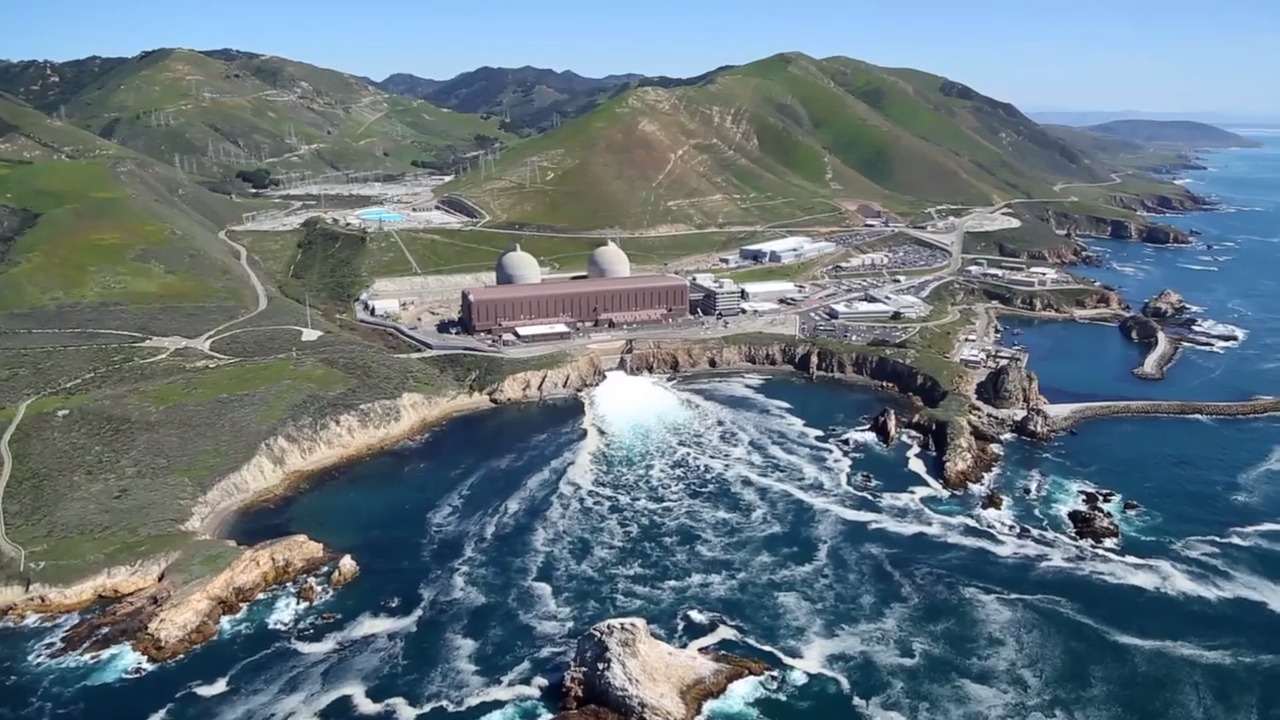







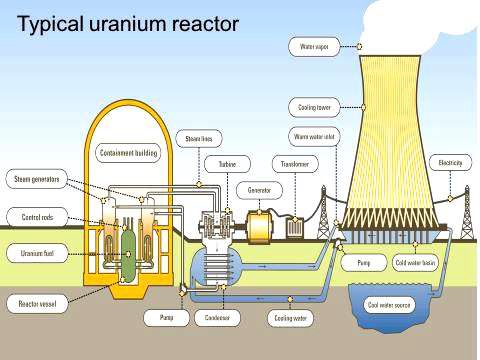



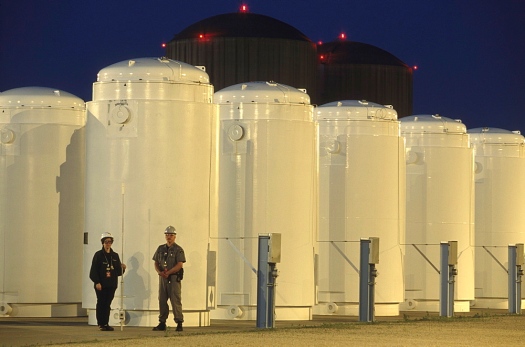
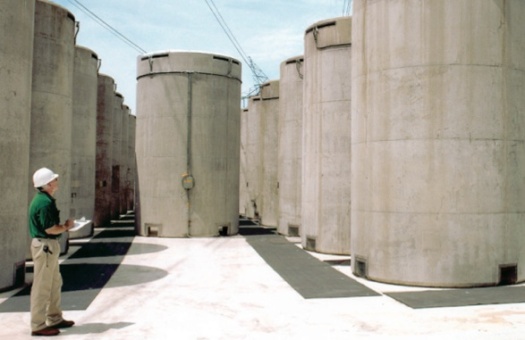
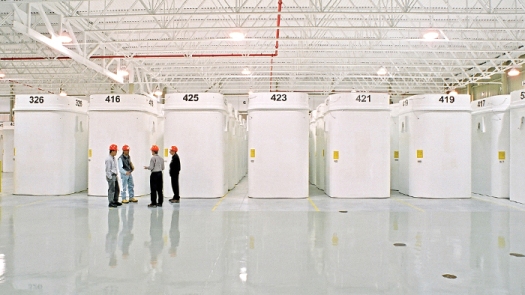
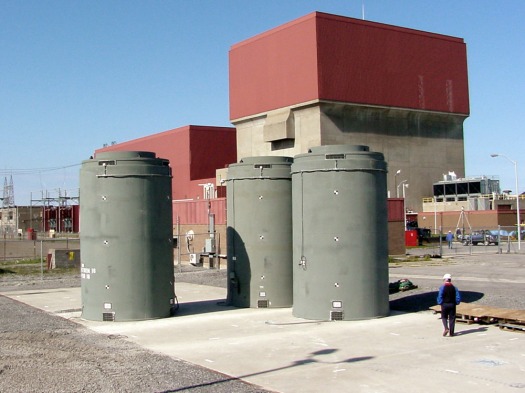
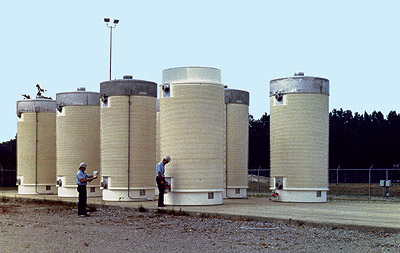
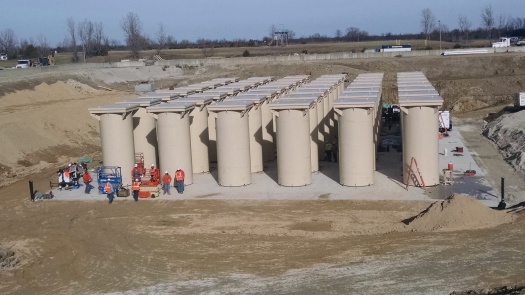

You must be logged in to post a comment.